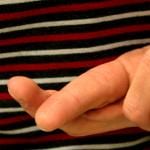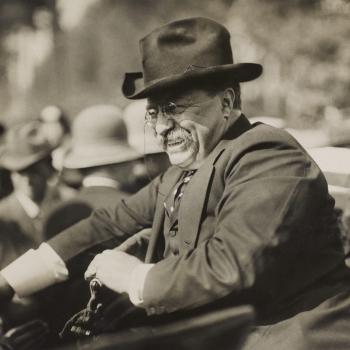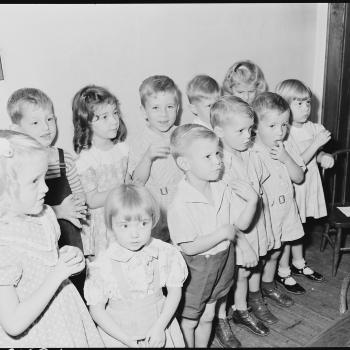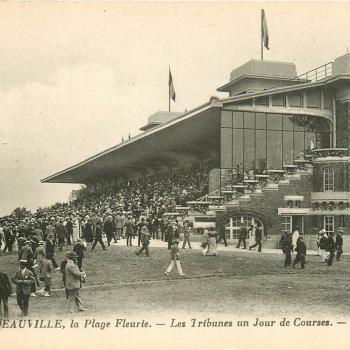As an alum of Harvard Divinity School, I regularly receive mass email messages from the University’s president. A recent communication from Laurence S. Bacow addressed the challenge of how Harvard should address the gifts it received from Jeffrey Epstein. This is a genuine moral dilemma, one that lots of charitable and non-profit institutions face when revelations about the lives of wealthy people come to light. For instance, Villanova University had to figure out what to do with the arena in which the national champion men’s basketball team played when its chief donor, John du Pont, was convicted of murder. Over several years, the university gave the facility a face lift and changed the name from the Du Pont Pavilion to the Finneran Pavilion.
In Harvard’s case, the scandals surrounding Epstein’s life and death make Villanova’s dilemma look less dramatic even if the sums of money were smaller than what Villanova received from du Pont. (For those who don’t receive email messages from Harvard’s president, go here.) According to Bacow:
between 1998 and 2007, Epstein made a number of gifts to support various faculty and institutional research activities across the University. The largest of these was a $6.5 million gift in 2003 to support the Program for Evolutionary Dynamics. The University received other gifts, which totaled approximately $2.4 million, based on current information. Each of these gifts from Epstein and his affiliated foundations to Harvard University predates his guilty plea in June 2008. To date, we have uncovered no gifts received from Epstein or his foundation following his guilty plea. Moreover, we specifically rejected a gift from Epstein following his conviction in 2008.
Even if Harvard disassociated itself from Epstein after his 2008 conviction, that still leaves the problem of what to do about the funds the university did receive. Part of the problem is that Harvard has already spent the money.
The majority of Epstein’s gifts were designated for current use, not as endowed funds, and nearly all were spent years ago for their intended purposes in support of research and education. Our ongoing review of these gifts has identified one current use fund and one small endowment designated to the Faculty of Arts and Sciences with a total unspent balance of $186,000. After consultation with the Dean of the FAS, we have decided that the University will redirect the unspent resources to organizations that support victims of human trafficking and sexual assault. This is an unusual step for the University, but we have decided it is the proper course of action under the circumstances of Epstein’s egregiously repugnant crimes.
I do not doubt that this is a wise course of action. But it raises a further question — which kicks the proverbial can down the road — of whether the money is still tainted even after it has passed through Harvard’s budgetary mechanics.
From one perspective, Harvard’s decision to bestow the leftover Epstein funds to, say, The Polaris Project, is commendable but the money still comes from a “repugnant” source (Epstein). Even if the check is written on a Harvard University check, the university itself is tainted by having received Epstein’s money in the first place. Guilt by association is the standard of cancel culture. The money Harvard gives away is therefore guilty. Even in ancient times, when Judas brought the silver he had received for betraying Christ to the chief priests, that did not clear his conscience. Like Epstein, Judas took his life.
And what should an organization do with Harvard’s check? How can it receive and spend the money knowing that it came from the morally repugnant Epstein and the guilt-by-association Harvard?
It might be idealistic to burn the money, but that’s what Nathaniel Hawthorne saw coming in his short story, Earth’s Holocaust, where social reformers of all kinds throw on to the earth’s bond fire all the evils (slavery and monarchy) and undesirable activities (smoking and drinking) of humanity.












